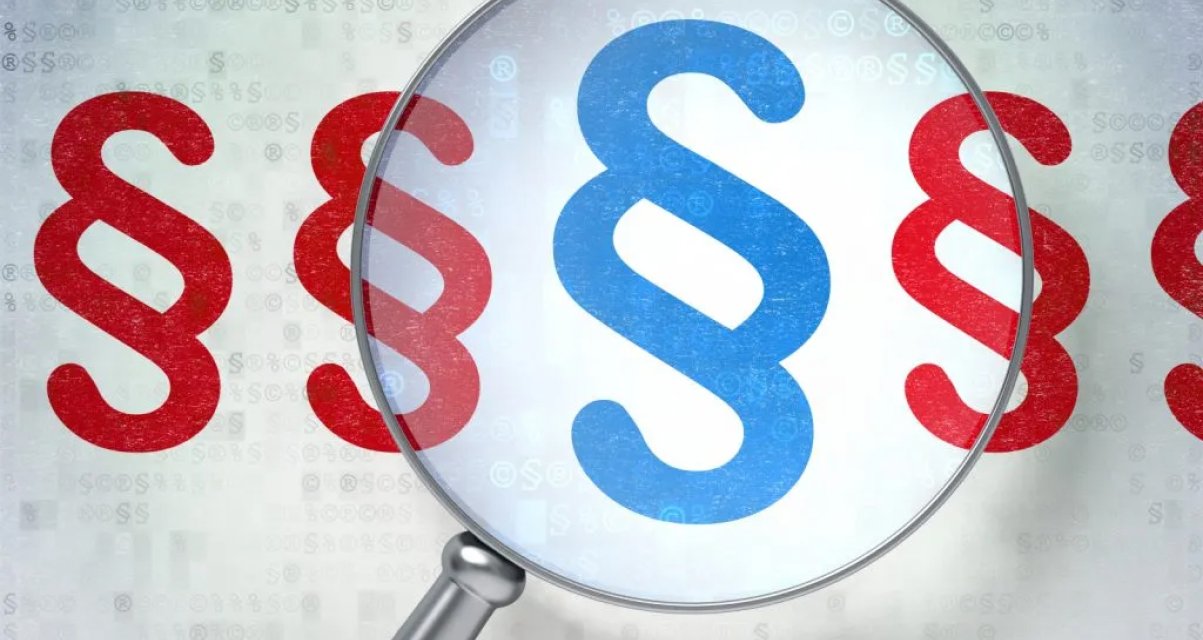What is compulsory arbitration?
When a strike may cause danger to life and health, the government can demand that the strike be stopped and that the collective bargaining settlement be processed and decided by the National Wages Board. What does that actually mean?

05.06.2024
How is a strike stopped?
In practice, state agencies, typically the Norwegian Health Authority, give an assessment to the Ministry of Labor of the dangers the strike entails. If the ministry concludes that there is a danger to life and health, they call in the striking parties and say that they will submit a bill to the Storting that the strike should end, and the dispute will be dealt with in the National Wages Board. The strikers then return to work immediately.
What happens when the strike is stopped?
Until the National Wages Board has dealt with the dispute, the existing wage and working conditions apply. The new conditions will be determined by the National Wages Board in the autumn, probably in October.
Unio does not have a new collective agreement until the National Wages Board has dealt with the collective bargaining dispute, but LO and YS do, provided their members vote yes in the ongoing vote. However, it will hardly be practically possible for LO/YS to initiate local negotiations before the National Wages Board's decision is known.
What is the National Wages Board?
The National Wage Board deals with disputes of interest that the parties in working life voluntarily bring in for decision, and disputes that the legislative authorities decide must be resolved by a compulsory arbitration, as is the case for Unio in this strike.
The board is made up of neutral members and representatives from the parties in working life. These are appointed for three years at a time. The board is made up of a chairman and six other members:
- three permanent, neutral members
- two permanent members from the parties in working life
- the parties to the individual dispute appoint one member each
